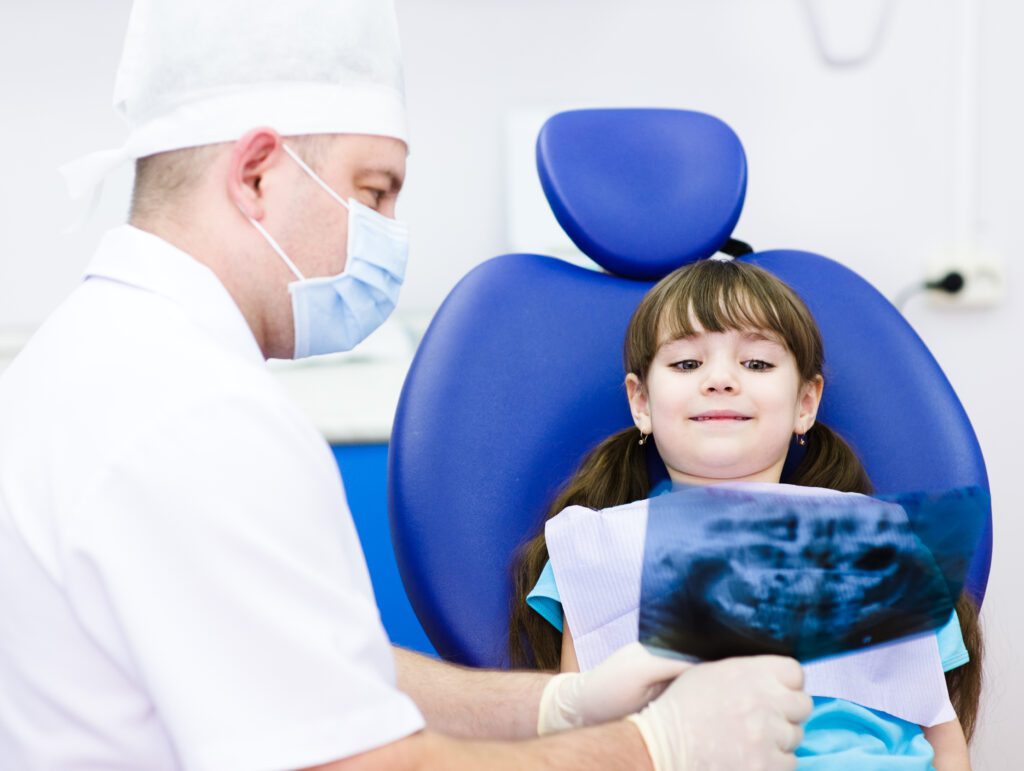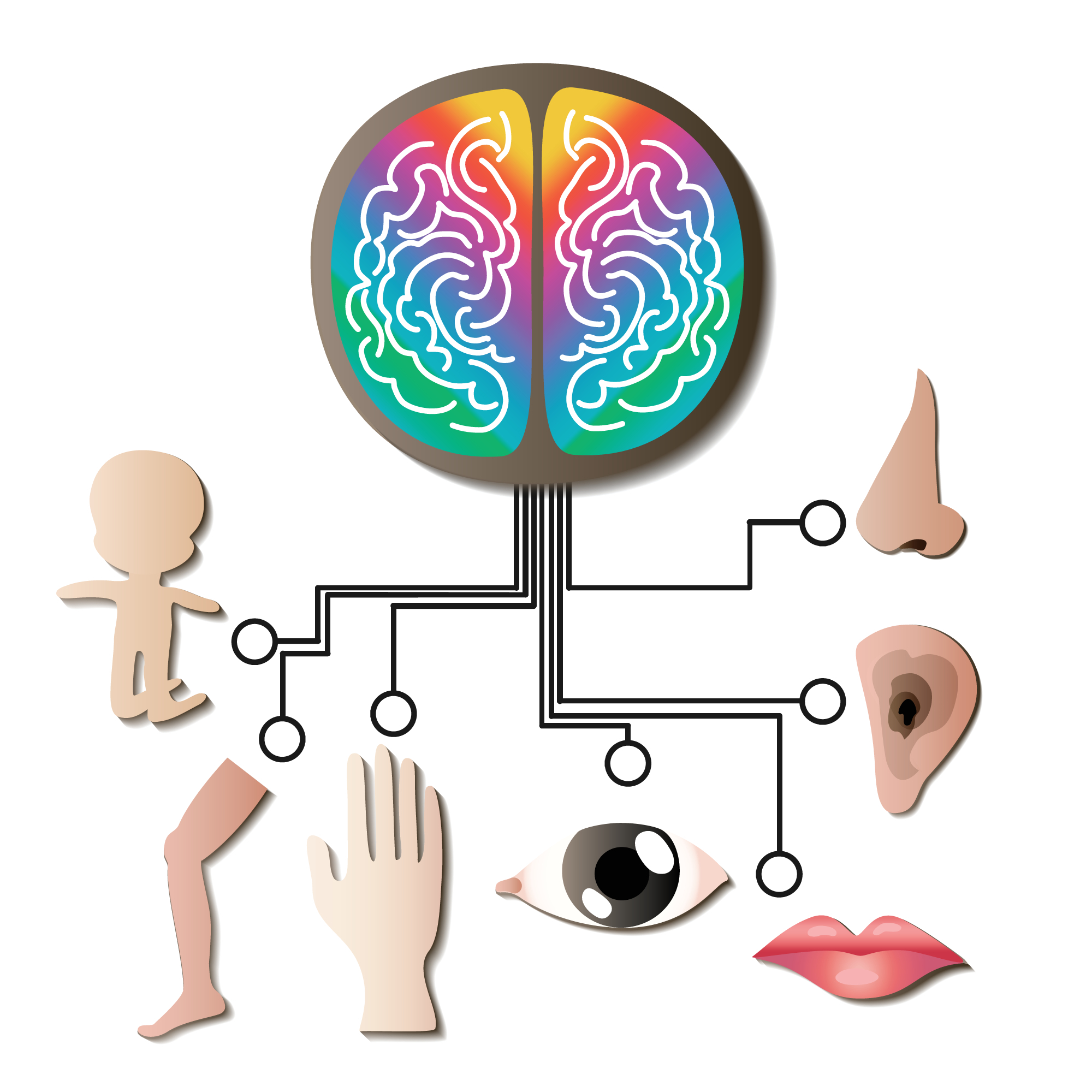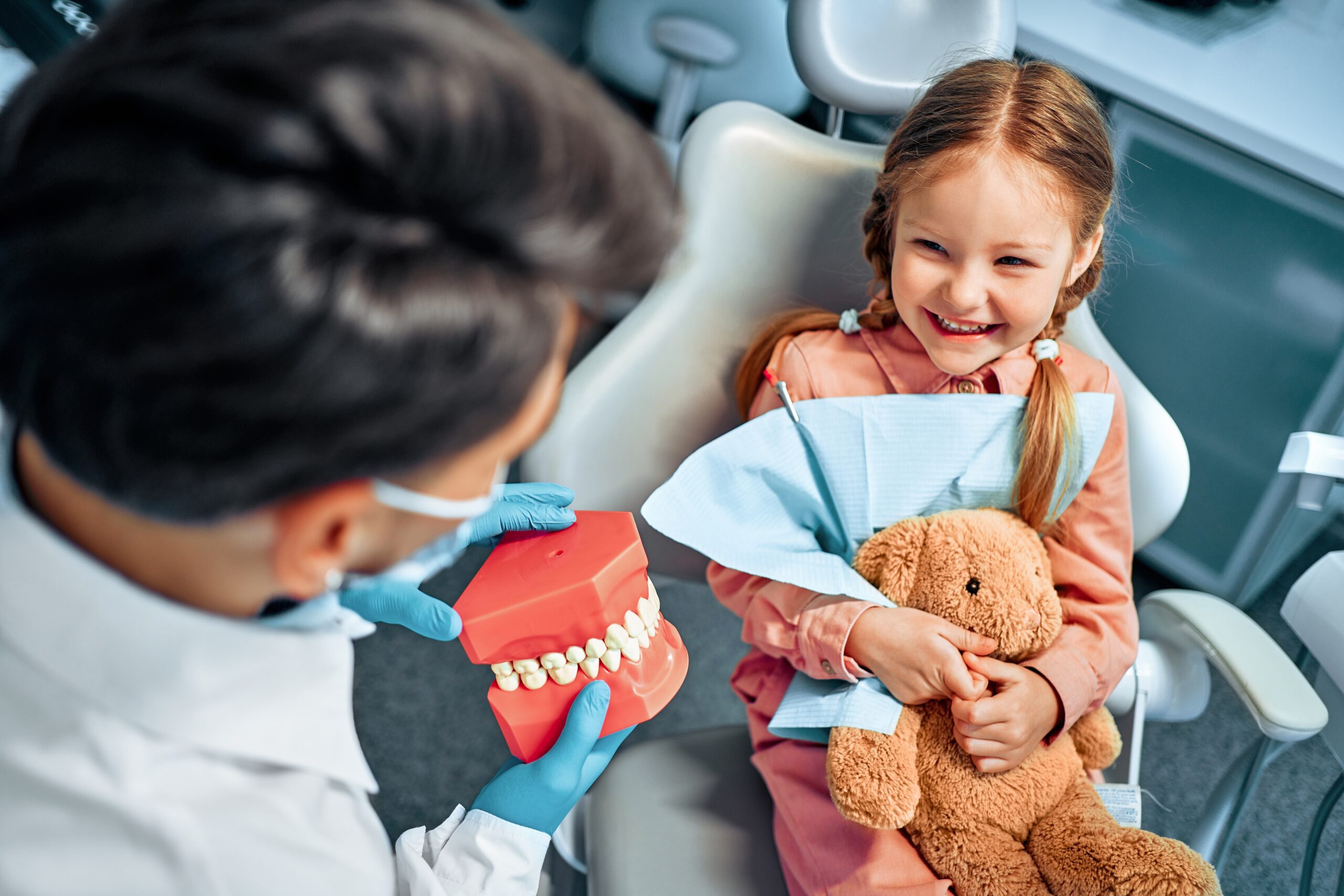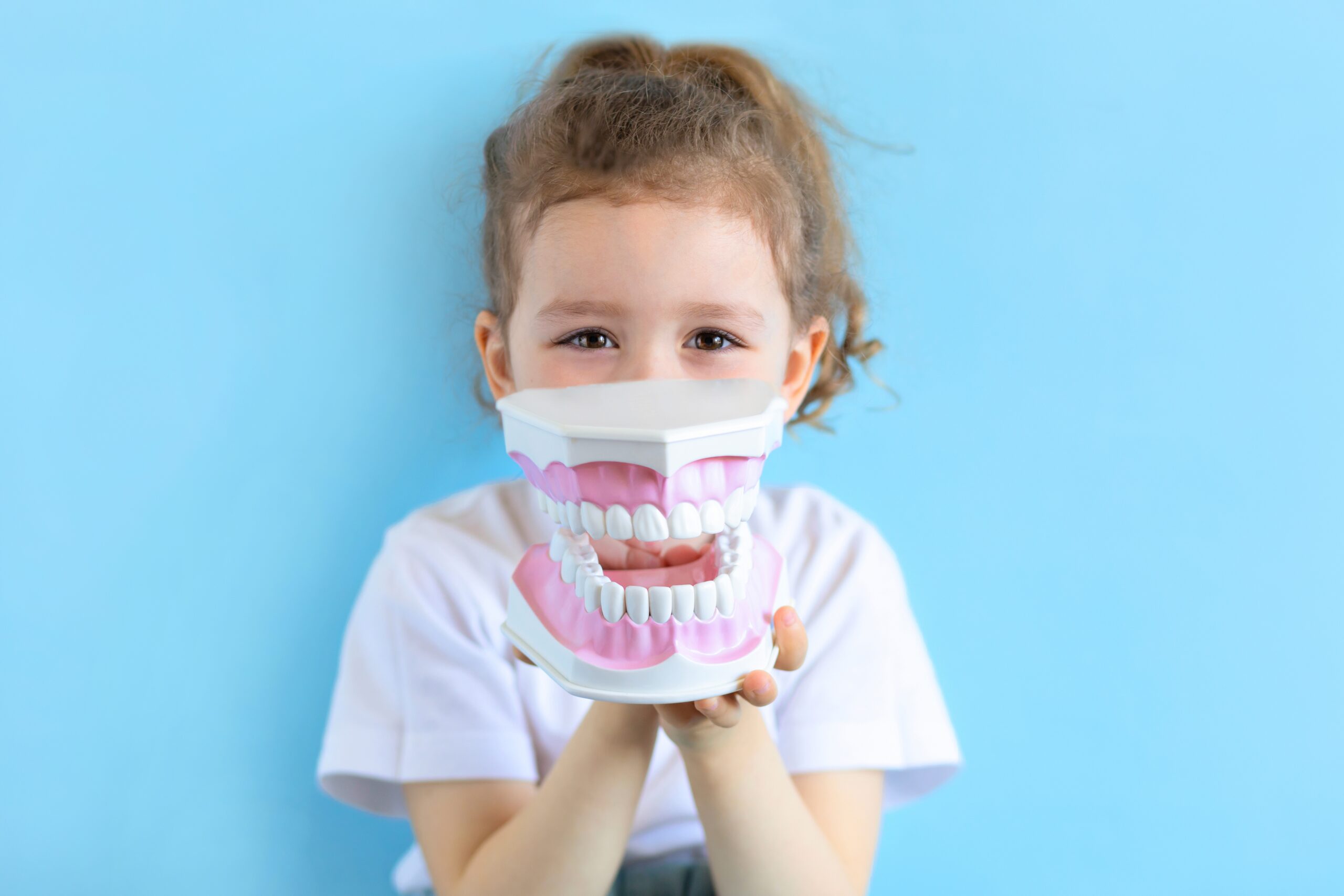
Blog
Understanding Your Child’s Dental X-Ray: What Parents Should Know
Author: DrSensory
June 21, 2025
Understanding Your Child’s Dental X-Ray: What Parents Should Know
Dental X-rays are a vital part of pediatric dental care, helping dentists assess your child’s oral health beyond what can be seen during a visual exam. While the idea of X-rays might cause concern for some parents, understanding their purpose can ease anxiety and help you feel confident about your child’s care.
In this article, we’ll break down what dental X-rays reveal, when they’re needed, and how they help track your child’s growth and development.
The Link Between Tongue Posture and Jaw Development in Kids

Why Dental X-Rays Are Important for Kids
Pediatric dental X-rays serve as a window into the developing mouth. These diagnostic tools allow dentists to:
Catch hidden cavities early
Monitor the position of permanent teeth
Track jaw development
Detect signs of bone or tissue infections
Identify orthodontic concerns before they worsen
Early detection is key in preventing long-term dental issues and minimizing the need for invasive procedures later on.
How Dental Alignment Affects Chewing and Swallowing in Children
Key Developmental Markers Pediatric Dentists Look For
Here are some of the essential developmental milestones your dentist can track using dental X-rays:
➤ Tooth Eruption and Shedding
X-rays show if baby teeth are falling out on time and whether permanent teeth are erupting properly. If there are delays, dentists can plan proactive care.
➤ Jaw Growth and Bite Alignment
X-rays can identify potential bite problems (like overbite, underbite, or crossbite) and evaluate how the upper and lower jaws are developing.
➤ Early Tooth Decay
Cavities often start between teeth or beneath the surface—areas that visual exams can’t detect. X-rays help catch decay before it becomes painful or damaging.
➤ Impacted or Missing Teeth
Sometimes, teeth fail to emerge due to being impacted, blocked, or absent entirely. Early identification can prevent crowding or spacing issues later on.
➤ Signs of Infection or Abscess
X-rays help detect infections, cysts, or abscesses beneath the gumline—conditions that need immediate treatment to protect the surrounding teeth and bone.
How Dental Alignment Affects Chewing and Swallowing in Children
Baby Teeth and Speech Development: How Are They Connected?
When Is Thumb Sucking a Problem? A Developmental Guide for Parents
What Pediatric Dentists Evaluate in X-Rays
Pediatric dentists are trained to interpret X-rays with a focus on your child’s specific developmental needs. During your child’s imaging session, they’ll assess:
Tooth alignment – Are the teeth developing straight?
Jaw symmetry – Is the growth balanced on both sides?
Bone health – Are there signs of bone density loss, trauma, or abnormal growths?
Spacing and crowding – Is there enough room for permanent teeth to come in properly?
Signs of bruxism – Are teeth showing wear from grinding?
Dentists also look for rare but important conditions, such as tumors or congenital issues, to ensure your child’s oral health is on the right track.
How Dental Alignment Affects Chewing and Swallowing in Children
The Importance of Brushing Teeth Starting at a Very Young Age
What Parents Can Do Before and After the X-Ray
Talk to your child about what to expect in simple terms
Reassure them that it’s painless and helps keep their teeth healthy
Discuss results with your pediatric dentist—ask questions about development, potential concerns, and next steps
X-Rays Are Key to Protecting Your Child’s Smile
Dental X-rays are more than just images—they’re a roadmap to your child’s healthy oral development. From spotting hidden cavities to tracking jaw growth and preventing future orthodontic problems, they play an essential role in pediatric dentistry.
If you have concerns about X-ray safety or frequency, talk to your child’s dentist. At DrSensory, we prioritize comfort, communication, and safety—ensuring every visit supports your child’s long-term dental health.

🔍 Frequently Asked Questions About Pediatric Dental X-Rays
❓ Is it safe for my child to have dental X-rays?
Yes. Pediatric dental X-rays use very low levels of radiation and are considered safe. Modern digital X-rays further reduce exposure.
❓ How often should kids get dental X-rays?
The frequency depends on your child’s age, dental history, and risk for cavities. Most children need X-rays every 12 to 24 months, or more often if there’s a concern.
❓ Will my child feel discomfort during the X-ray?
X-rays are quick and painless. Some kids may feel a bit of pressure from the film holder or sensor, but it’s over in seconds.
related blogs
Your child is constantly moving, crashing into furniture, or having meltdowns in response to seemingly minor things like a loud
Your toddler refuses to wear certain clothes, has huge meltdowns in noisy places, or is an extremely picky eater, limited
Your child seems to miss verbal instructions, struggles to follow conversations in noisy environments, and often asks "what?" even when
On the surface, autism and Ehlers-Danlos syndrome (EDS) might seem like two entirely unrelated conditions. One is a neurodevelopmental condition
The intense head pain begins, lights feel blindingly bright, and every sound seems amplified to an unbearable level. You retreat










































































